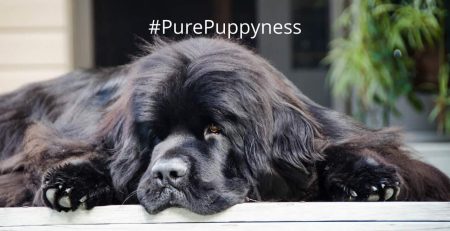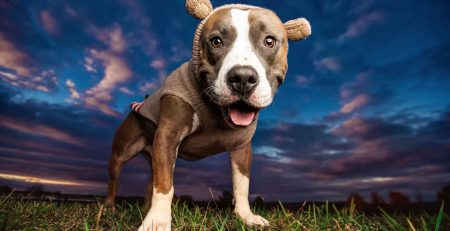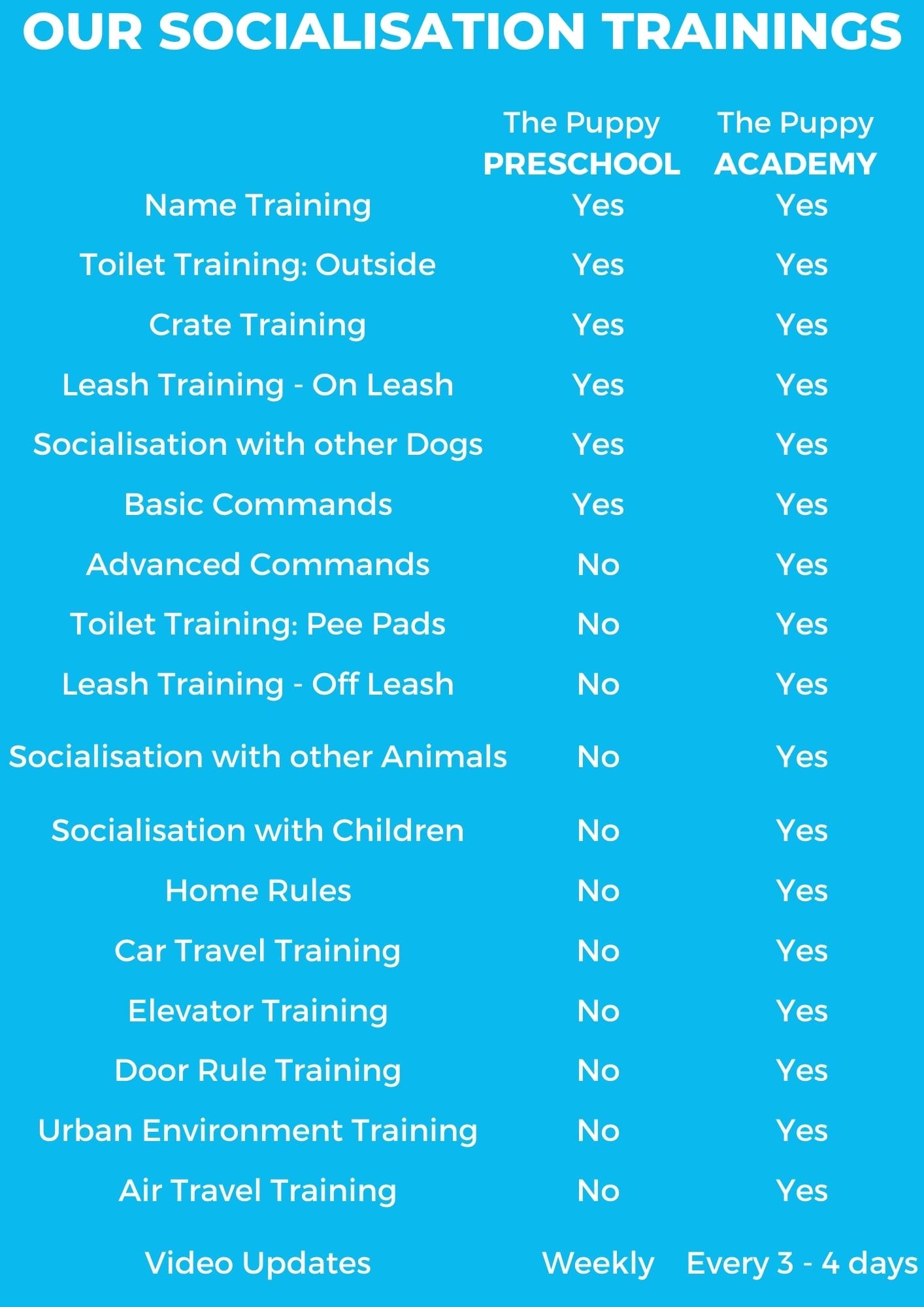Togo: Hero of Nome
In 1925, things seemed bleak for the Alaskan town of Nome. The town’s people, especially the children, were sick with the deadly illness diphtheria. The town’s supply of antitoxin was depleted, and the port was closed for the winter, making a new delivery difficult. The 1925 Nome diphtheria epidemic gave rise to a bold plan: a sled dog relay. Sled dog teams and their mushers raced tirelessly across the freezing Alaskan wilderness to deliver the precious serum on time. The most famous dog from this relay is probably Gunnar Kaasen’s lead dog, Balto: the dog that ran the last 55 miles of the relay. However, there is another lead dog that took part in this relay that is often overlooked: Togo.
Tough Togo
Togo was Siberian Husky of Chukchi Inuit stock. Although small for his breed at only 22 kilos, Togo was brave and bold. His owner, Leonhard Seppala, thought the scrawny, sickly, young pup would be too weak for the life of a sled dog, but Togo proved him wrong. After recovering from illness and injuries (as a young dog, Togo tended to pick fights), Togo began to follow Seppala and his sled team, distracting the other dogs and causing havoc for the musher.
In an attempt to control the dog, Seppala harnessed him, and was surprised when Togo calmed down at once. Intrigued by this change in demeanour, Seppala let Togo join the team that day. Togo amazed him; the dog kept pace with the rest of the team, eventually running alongside the lead dog. He had travelled 120km in one day: an extraordinary feat for such a young and inexperienced dog. Seppala then knew he had an extraordinary dog: a born leader; in his hands.
The run to Nome
The solution to Nome’s predicament: no antitoxin, a raging diphtheria epidemic, and deliveries prelcuded by the fierce winter weather; was a bold one. A sled dog relay was proposed. The teams would travel from Nenana to Nome, each team pulling the medicine for a part of the journey. Seppala’s team was to take the antitoxin from just outside to Shaktoolik. The team would then go on to Ungalik and to Isaac’s Point, eventually finishing at Golovin. To get there, Seppala had to drive his team from Nome: a 274km journey that the team covered in three days.
Seppala had initially intended to intercept the previous team at Nulato, but the previous teams had travelled faster than expected. Seppala left Isaac’s Point and intercepted the previous musher, Henry Ivanoff, and his team outside Shaktoolik. Ivanoff passed the serum on, and Seppala set off.
The conditions were grim. Seppala and his team, led by Togo, travelled in darkness, whipped by wind and the freezing air (-34C). The team had to cross Norton Sound: an exposed strip of ice that seemed to stretch on forever. At one point the team was forced to swim through the ice floes; a move that could have killed all the dogs and their musher, and only succeeded due to the sheer nerve and endurance of the entire team. Seppala, blinded by the dark and the storm, relied on Togo’s keen sense of smell, letting the dog find the path to Isaac’s Point. If Togo hadn’t found the path, the team would have died in that storm.
After a six hour rest, Seppala and his team were off again. Whipped by the wind and chilled by the air, the team dashed across the fragile ice of the shoreline, and ascended to cross Little McKinley Mountain. Early on a Sunday morning, the team finally arrived at Golovin, and passed on the serum to the next musher, Charlie Olsen. They had travelled an astonishing, gruelling 146km.
Canine controversy
The serum run was successful. Kaasen and his team, led by Balto, brought the medicine the final stretch of the journey. At the time, and even today, many felt that Togo and Seppala were not given the respect that they had earned. Although Balto’s team had pulled the medicine for the final stretch of the journey, Togo’s team had struggled through the most arduous part of the journey, yet the statue dedicated to all the sled dogs was clearly modelled after Balto (though shown wearing Togo’s awards).
Seppala was saddened by how much of the credit for the diphtheria run went to Balto. In his old age, he reminisced that he had never had a better dog than Togo, “his stamina, loyalty and intelligence could not be improved upon. Togo was the best dog that ever travelled the Alaska trail.” Katy Steinmetz, writing for Time magazine, stated that Togo “did the lion’s share of the work”, saluting the dog for his courage and endurance.
And what of Togo? To a dog, the controversy probably mattered little. Togo was just doing his job to the best of his ability. Despite the gruelling relay, Togo was fit and well enough to escape his kennel to chase reindeer. Seppala and his dog team toured America, from Washington to California. They visited New York and Madison Square Garden; at the latter, Togo was presented with a gold medal by famed explorer Roald Amundsen.
Togo’s Final Years
Seppala eventually retired Togo, and sent his beloved dog to live in Maine at the home of Elizabeth Ricker, a dog musher and breeder. The parting was hard, but Togo had more than earned his retirement. Togo sired a few pups and lived comfortably for a while until 1929, when Seppala had the old dog put to sleep to ease his passing.
Togo’s taxidermied body is on display Iditarod Trail Sled Dog Race Headquarters museum in Wasilla, Alaska, and his skeleton is kept by The Peabody Museum of Natural History at Yale University.





















